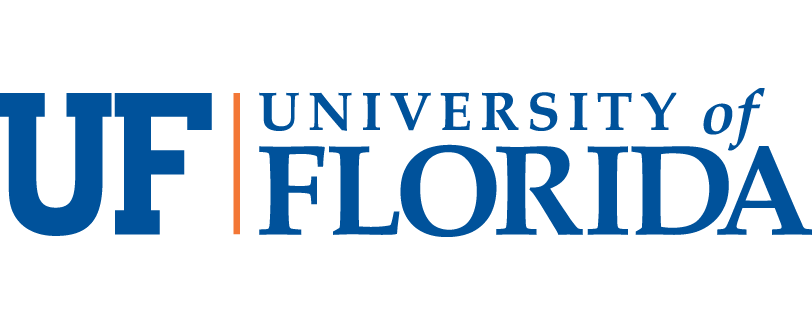| Title | Extremum-seeking optimisation of fluidic jet-noise control |
| Publication Type | Conference Paper |
| Year of Publication | 2009 |
| Authors | Maury, R., M. Koenig, L. Cattafesta, P. Jordan, J. Delville, J-P. Bonnet, and Y. Gervais |
| Conference Name | 15th AIAA/CEAS Aeroacoustics Conference, AIAA Paper 2009-3132 |
| Date Published | May |
| Abstract | In this work we use an extremum-seeking algorithm to optimise a ?uidic jet-noise con- troller. The device, which we call a ?uidevron, has been shown to produce reductions in jet noise which are comparable with those achieved using conventional micro jets, but the underlying ?ow-physics have been shown to be very di?erent (see Laurendeau et al.1 for details). A negative e?ect produced by the control comprises a high-frequency noise increase. The extremum-seeking algorithm is used to optimise the control either for maximum low-frequency noise-reduction, or for maximum overall noise-reduction. This is achieved through a speci?cation of the frequency-range over which noise reduction is sought. The extremum-seeking is shown to perform well, producing ?ows with integrated low-frequency gains of the order of 2.5dB when tuned for maximum low-frequency bene?t, and ?ows where the high frequency penalty is virtually eliminated when tuned for maxi- mum spectral range. The extremum-seeking is then implemented using metrics computed from far?eld microphones at di?erent polar stations; the control e?ect is thus found to be omnidirectional. This shows that there is no directional bias in the response of the source mechanisms to the actuation. Finally, the relationship between noise reduction and ?ow-rate is studied and found to be non-linear: the source mechanisms are most receptive at low ?ow-rate, a saturation point being reached after which the actuation no longer has any control authority over the source dynamics. |

